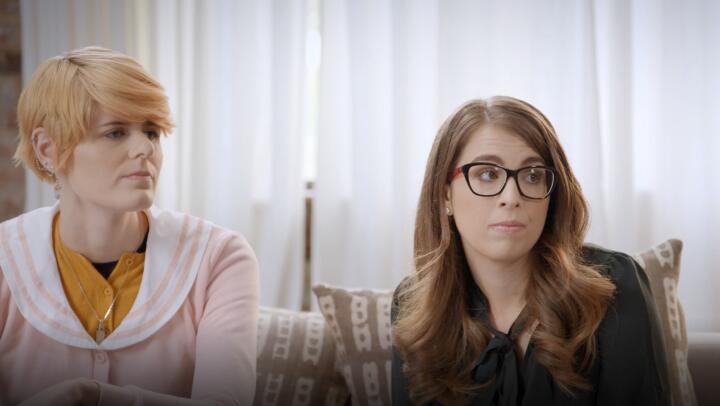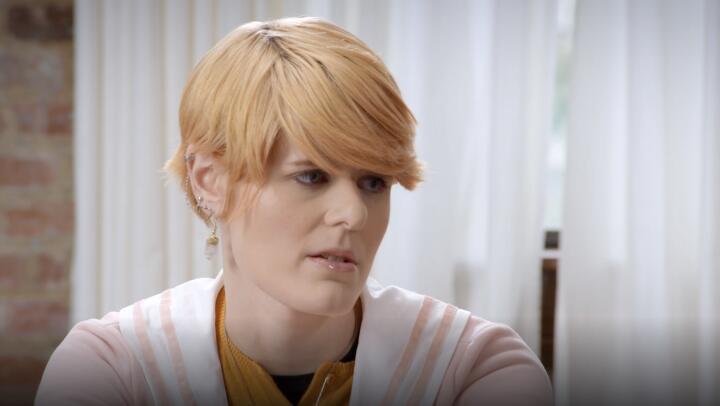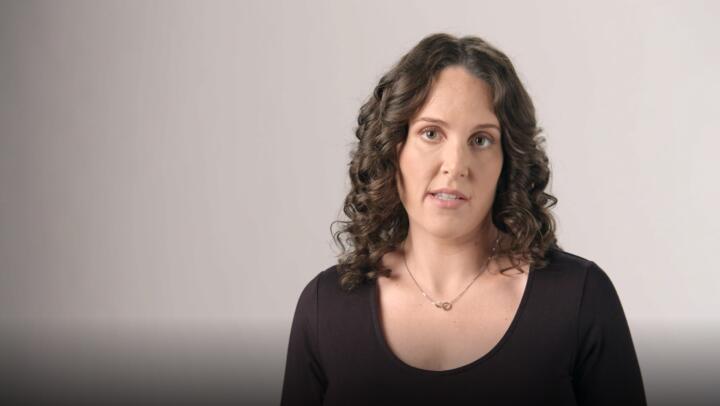What is spina bifida?
Spina bifida is a birth defect that occurs when the spinal column does not form properly. It is a type of neural tube defect, and the most common birth defect affecting the central nervous system. Spina bifida occurs in 1 in every 2,000 live births in the United States and is more common in females and those of Caucasian and Hispanic descent.
The neural tube normally forms early in pregnancy and closes before 28 days of conception. In babies with spina bifida, part of the neural tube does not fully develop properly, causing defects in the spinal cord. Symptoms can be mild to severe, ranging from weakness in the part of the body below the defect to paralysis and loss of bowel and bladder control.
Symptoms may not be immediately apparent after birth depending on the location and severity of the defect. Sometimes a small dimple or tuft of hair is seen on the baby’s skin above the defect if the spinal nerves are not involved. Other times, a sac containing the spinal cord and nerves protrudes through the baby’s lower back at the site of the defect.
Treatment for spina bifida involves symptom management and depends on the severity of symptoms. Physical therapy and mobility aids can help as the child gets older and begins walking. Catheters may be necessary if there is loss of bladder control. If the defect involves the spinal cord and nerves, surgical treatment should happen immediately after birth or prenatally.
What are the different types of spina bifida?
There are three different types of spina bifida:
Spina bifida occulta: This is the mildest type and is usually discovered in late childhood or adulthood. There is a small gap in the spine but no opening or sac, and the spinal cord and nerves remain normal.
Meningocele: A sac of fluid comes through an opening in the back. There is usually little to no nerve damage but this type can cause minor disabilities.
Myelomeningocele: This is the most serious type. A sac containing part of the spinal cord and nerves protrudes externally through the skin of the lower back. This type can cause moderate to severe disabilities.
What causes spina bifida?
Doctors are not certain what causes spina bifida. It is thought to be caused by a combination of genetic, environmental, and nutritional risk factors such as folate deficiency. Mothers who have had a baby with spina bifida have a small risk of recurrence in later pregnancies
What are the risk factors for spina bifida?
Although doctors and researchers aren’t certain why spina bifida occurs, they have been able to identify some risk factors. Not all people with risk factors will get spina bifida. Risk factors for spina bifida include:
Certain medications in pregnancy such as anti-epileptic medications
Family history of neural tube defects
Increased body temperature
Reducing your risk of spina bifida
Getting enough folic acid in the early weeks of pregnancy is critical to reducing the risk of spina bifida. Starting folic acid supplements a month before pregnancy greatly reduces the risk of spina bifida. It may also help to talk to your doctor if you have any family history of spina bifida or other neural tube defects.
In addition to supplements, several foods contain folic acid, including:
Beans and peas
Citrus fruits
Dark, leafy, green vegetables
Egg yolks
Enriched bread, pasta, rice, and breakfast cereals
Ask your healthcare provider for guidance before making significant changes to your child’s diet.
What are the nutritional needs for spina bifida?
Children with spina bifida may be at an increased risk of osteoporosis, anemia and constipation. As a result, proper nutrition is an essential part of spina bifida care. Osteoporosis can be prevented by ensuring your child gets enough calcium from dairy sources, vitamin D from sunlight, and doing weight-bearing activity, such as running or walking. Iron-rich foods, such as meat, chicken, fish and beans can help prevent anemia, as can avoiding caffeinated drinks like coffee or soda.
Constipation is common in children with spina bifida and can be helped by adding more fiber to the diet, drinking plenty of water, and using wheat bran as a natural laxative.
If you are concerned about your child’s meals and nutrition, talk to the child’s care team. They may be able to help or refer you to a licensed dietitian who can provide guidance on healthy food options.
What are some conditions related to spina bifida?
There are several conditions that are associated with spina bifida including:
Hydrocephalus, a condition in which extra fluid collects in and around the brain, causing swelling of the head and brain injury.
Chiari II malformation, when the lower part of the brain is abnormally positioned farther down into the upper part of the spinal canal; this can cause the cerebrospinal fluid to get blocked, causing hydrocephalus.
Tethered spinal cord, when the spinal cord is abnormally attached to the spinal canal; as the person grows and the spinal cord stretches, spinal nerve damage occurs.
How do doctors diagnose spina bifida?
Your doctor or healthcare provider will order a few different prenatal tests to diagnose spina bifida in utero:
Ultrasound: This is the most accurate method of diagnosis; spina bifida can be accurately diagnosed during the second trimester ultrasound.
Blood test: A sample of blood is drawn to test your level of alpha-fetoprotein (AFP); high levels of AFP can indicate neural tube defects, however a high AFP level does not always occur in spina bifida.
Amniocentesis: If a prenatal ultrasound confirms diagnosis of spina bifida, your doctor may order this test to check a sample of fluid from the amniotic sac that surrounds the baby.
What are the treatments for spina bifida?
The two main kinds of treatment for spina bifida are surgery in utero or immediately after the baby is born. This is influenced by several factors including gestational age, the location of the myelomeningocele lesion on the spine, and maternal health factors.
Prenatal surgery (also called fetal surgery) typically takes place before 26 weeks gestation. The surgeon opens the mother’s uterus to repair the baby’s spinal cord. Fetal surgery may reduce the risk of disability as children with spina bifida get older. Surgery performed after birth should be done as early as possible to protect the spinal cord and reduce the risk of infection from exposed nerves.
Other treatments for complications of spina bifida include:
Mobility aids and physical therapy
Bowel and bladder management through medications or catheters
Equipment to help with daily functioning such as shower chairs or commode chairs
Ongoing care for spina bifida
A variety of therapies and care measures may be needed for people living with spina bifida including:
Consultation with specialists, such as feeding specialists, plastic surgery, nephrology, and ophthalmology
Intermittent catheterization
Lower extremity bracing
Pressure sore management
Referral to social workers for psychosocial and financial resources
Caregiver tips for spina bifida
Caregivers of people with spina bifida may benefit from joining a community through such organizations as the Spina Bifida Association. You can access resources and other helpful guidance on what to expect if you have a diagnosis of spina bifida during your pregnancy. Through the Spina Bifida Association you can also find spina bifida clinics and providers and local chapters of the association.
How does spina bifida affect quality of life?
No two people living with spina bifida are the same. What your child experiences may be different than someone else living with spina bifida. The most significant factors facing young adults with spina bifida include:
Learning to take care of their own health needs
Making doctors appointments
Managing their own bathroom plan
Working and going to school
Young adults living with spina bifida may want to reach out to a support group and focus on developing healthy relationships at home and at school. With proper resources, many people with spina bifida can live full, independent lives.
Does spina bifida shorten life expectancy?
People with spina bifida occulta or meningocele tend to have better outcomes and survival rates than people with myelomeningocele and can lead full, productive lives. They may only have mild to moderate levels of disability that can be managed through routine care from pediatricians, physical therapists, and other specialists.
Life expectancy tends to be shorter for babies with myelomeningocele. About 14% of babies with myelomeningocele die before the age of 5 because of complications from brain herniation. Prognosis may be improved with early detection of spina bifida through prenatal ultrasounds and treatment with surgery.
It is important to remember that each case—and each person—is unique. Your doctor will discuss your child’s prognosis in the context of his or her individual diagnosis and discuss available treatments and resources for you, your child and your family.


















